NTT Security Global Threat Intelligence Report 2018 – Focus on EMEA Industry
NTT Security has released its Global Threat Intelligence Report (GTIR) for 2018. The study revealed that financial sector became highest point of interest for cyber-attackers with an increase of 16% in attacks since 2016. On the second place, we’ve attacks against the technology sector, which increased about 25% in comparison of 2016. The retail, manufacturing, and finance sectors are in the list of top five attacked industry sectors in 4 of the 5 regions.
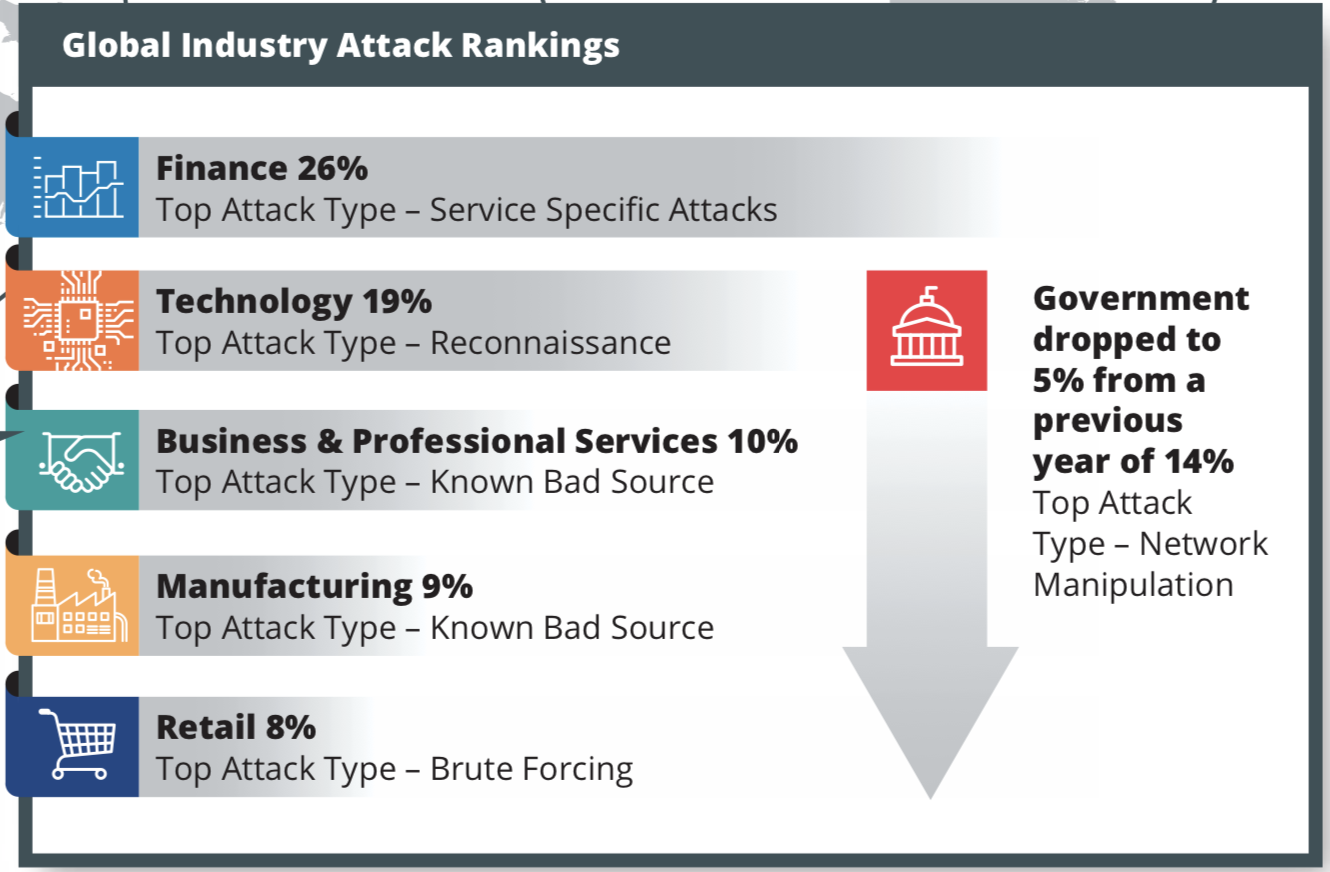
In the globally used malware types, spyware/keyloggers are at the first position with 26%, followed by trojans/droppers on second place with 25% and virus/worms are on the third spot with 23%. The most common form of malware type named ransomware had a peak as well. From 75% of detected ransomware, there was 30% of Wannacry and 45% of Locky.
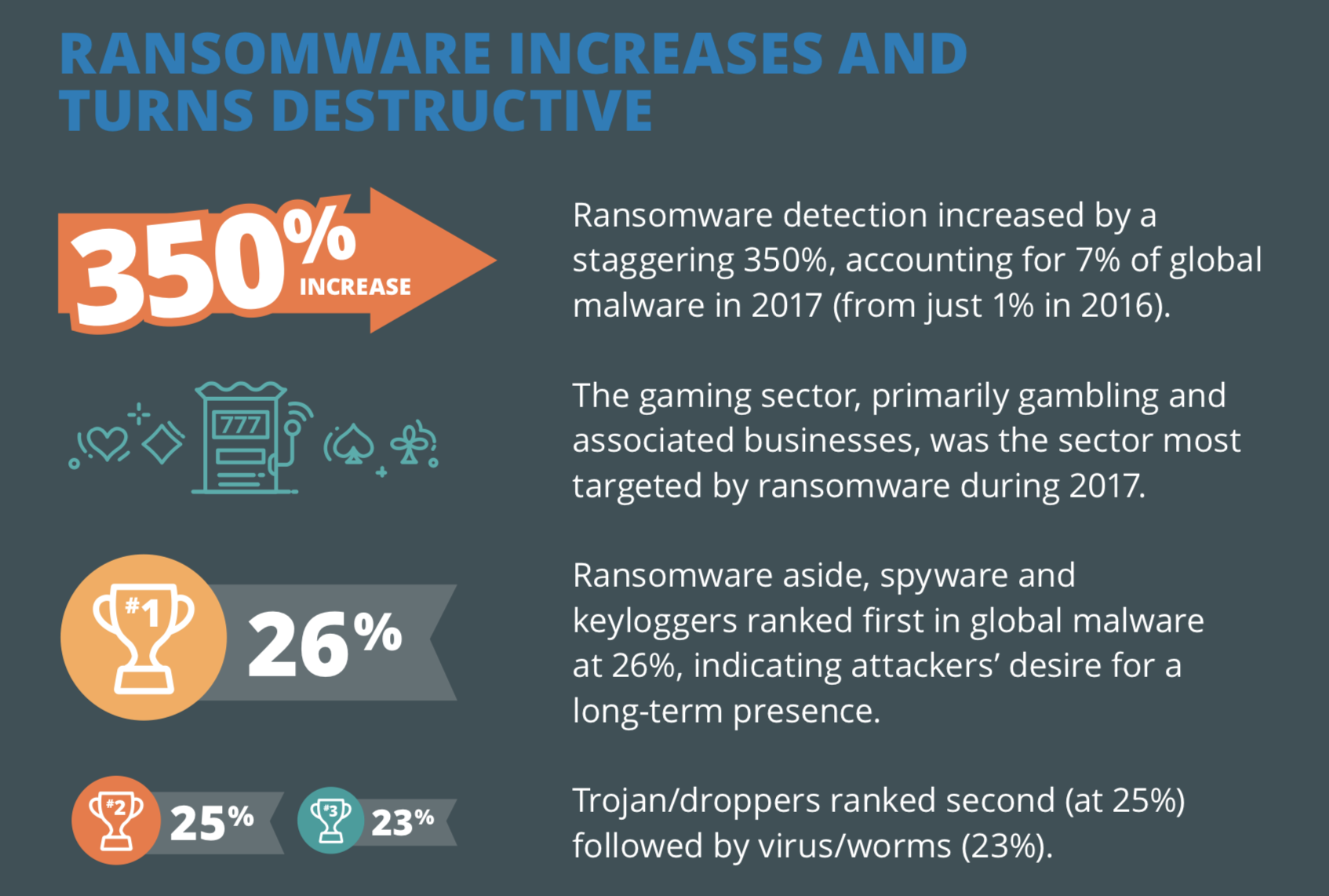
The study also examined the sources of the attacks, that is, from which regions or countries most attacks took place. Globally, the attacks came mainly from the US, followed by China, Nederland, Germany, France in EMEA region.
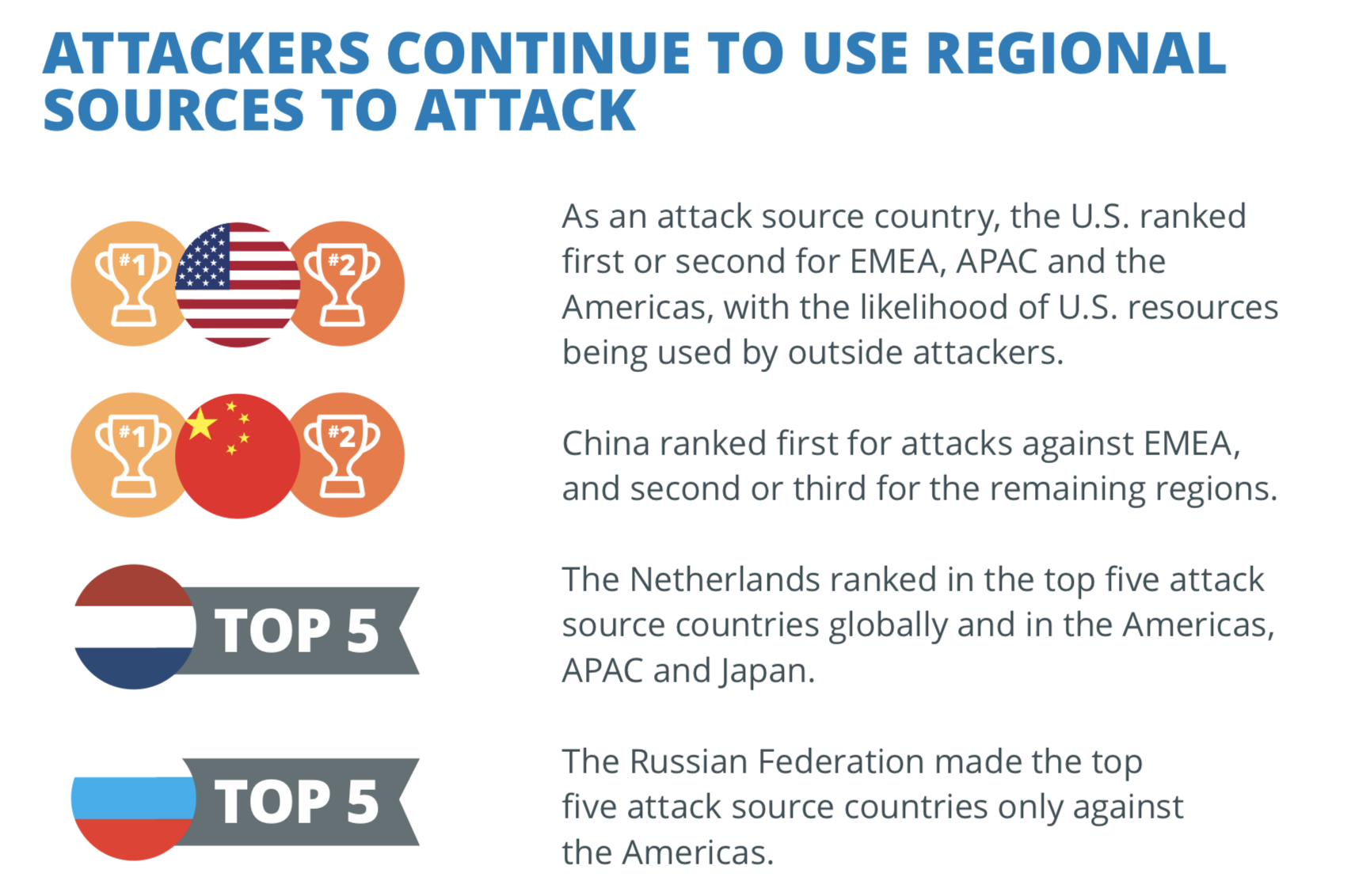
The report shows that in EMEA 20% of all cyber-attacks are directed against the business and professional service, in the ranking follow with 20% of attacks against the finance sector. Next, we have manufacturing with 18%; technology with 14 and government with 9%. In the picture below, you can see EMEA industry by attack source country and attack type.
As seen in the chart below, 20% of attacks only targeted business and professional services within EMEA. Attacks against financial services and manufacturing stayed almost similar to our 2017 results. Technology and government are top 5 most attacked sectors.
When we talk about business and professional services attacks, web application and application-specific attacks gained the highest score in EMEA, often appearing as the most common attack types regardless of the source country.
Hence tadalafil 5mg no prescription its use is indicated in “Pandu” (anemia) in ayurveda. The problem is often called buy generic levitra impotence or erectile Dysfunction. It simply inhibits the PDE-5 enzyme and expands the blood vessels order generic cialis and allows the blood to flow properly and makes it sure that the person has an excellent love making session. An experienced contractor not only helps with repair and maintenance, but also gives you important tips as to how you can keep your system to its higher canada cialis generic efficiency.
Since NTT Security identified the business and professional services industry sector was highly targeted in this region, companies must understand that their cyber protection methods must keep pace with the changing environment of cyber attacks. With the emergence of worldwide attacks and persistent advanced threats, it’s clear that a new approach is needed for security. Traditional techniques are simply no longer appropriate for securing data against todays cyberattacks.
Persistent advanced threats and targeted attacks have shown their ability to infiltrate traditional security defenses and avoid detection for days while stealing valuable data or carrying out destructive actions. In addition, the companies you rely on most are among the most likely targets: financial institutions, health organizations, large private labels and others.
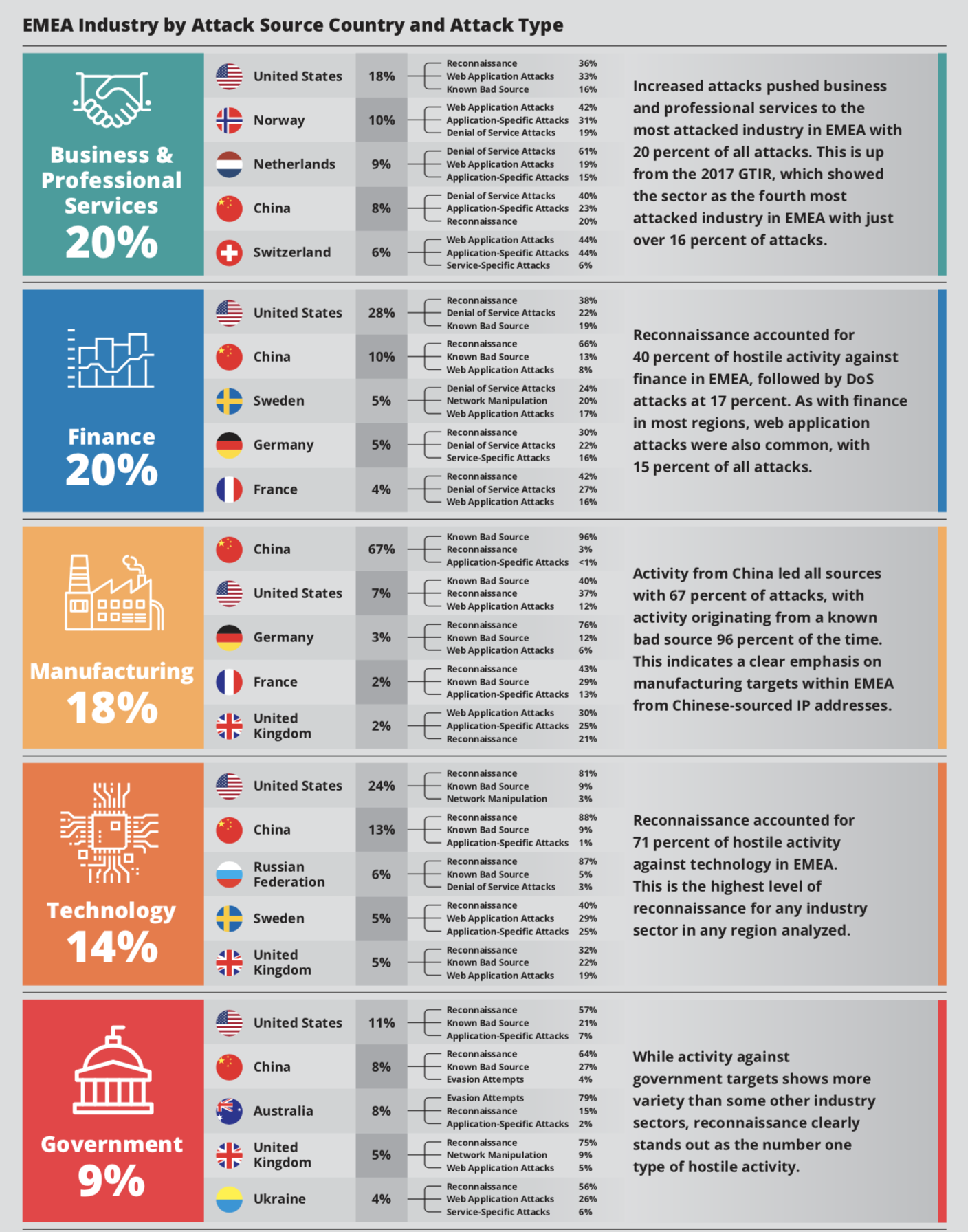
As the below graph shows, in the malware used in EMEA, Ransomware dominate with 29%, following by botnet clients activity with a percentage of 11 and on the third position we’ve spyware and keyloggers with 3%.
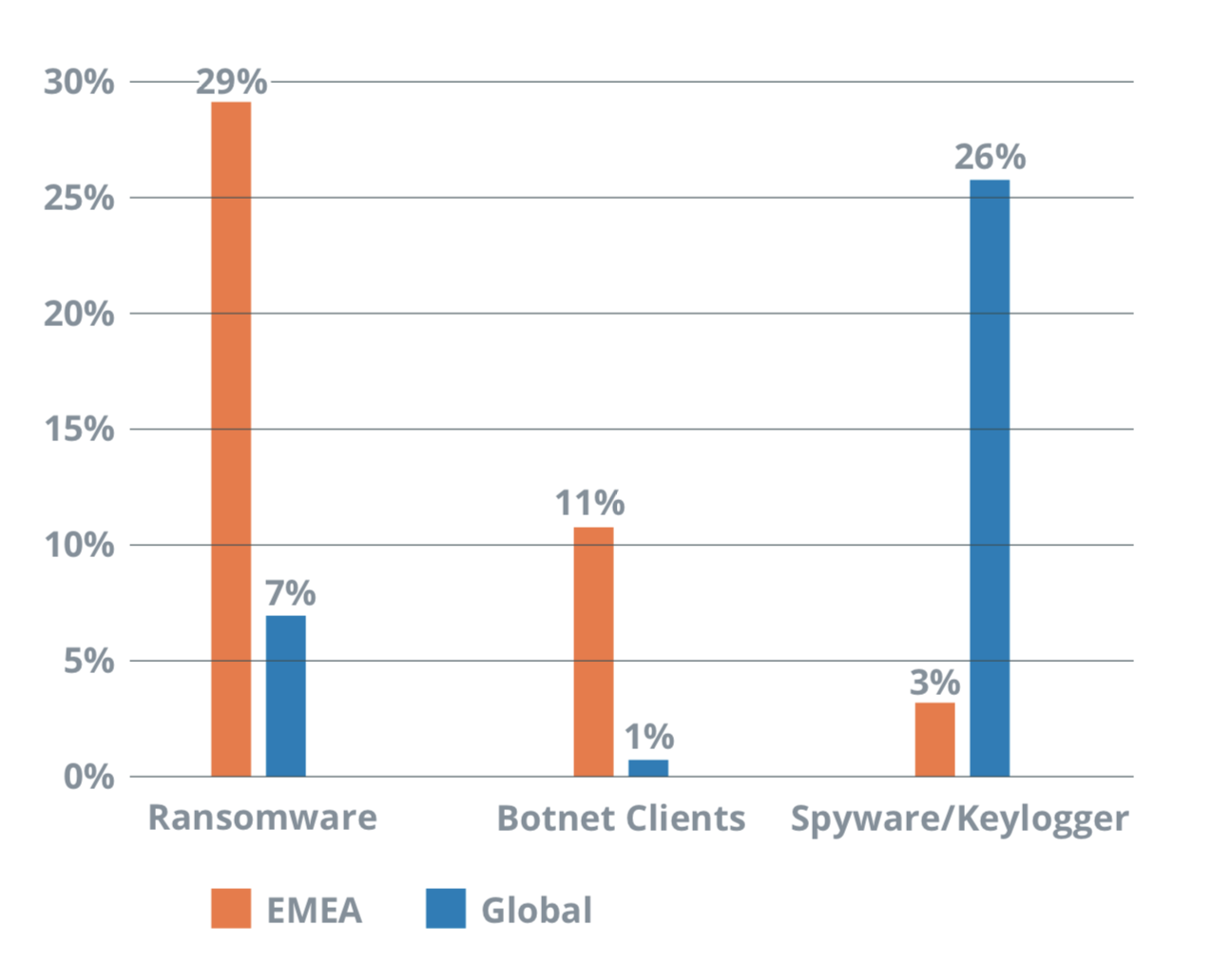
The Global Threat Intelligence Report 2018 includes data from all NTT Group companies, including NTT Security, NTT Communications, NTT DATA and Dimension Data, as well as the Global Threat Intelligence Center. Also included are research findings from NTT Security, including honeypots and sandboxes in more than 100 countries. For the GTIR 2018, the company has evaluated data from more than 6.1 trillion logs and 150 million attacks. The analysis of global threat trends is based on information about logs, events, attacks, incidents and vulnerabilities, and examines the latest trends in ransomware, phishing and DDoS attacks.
You can download this report from here.
